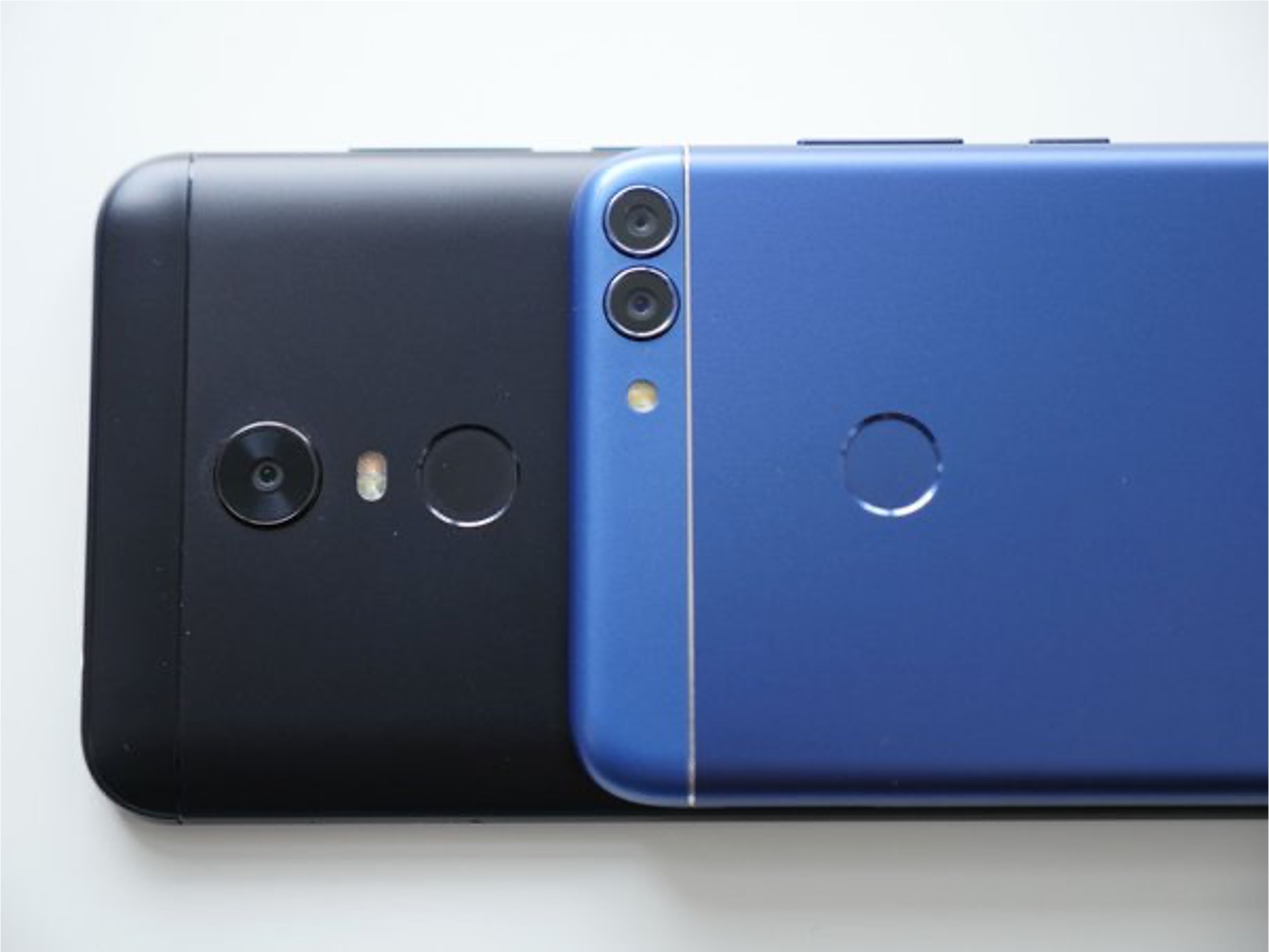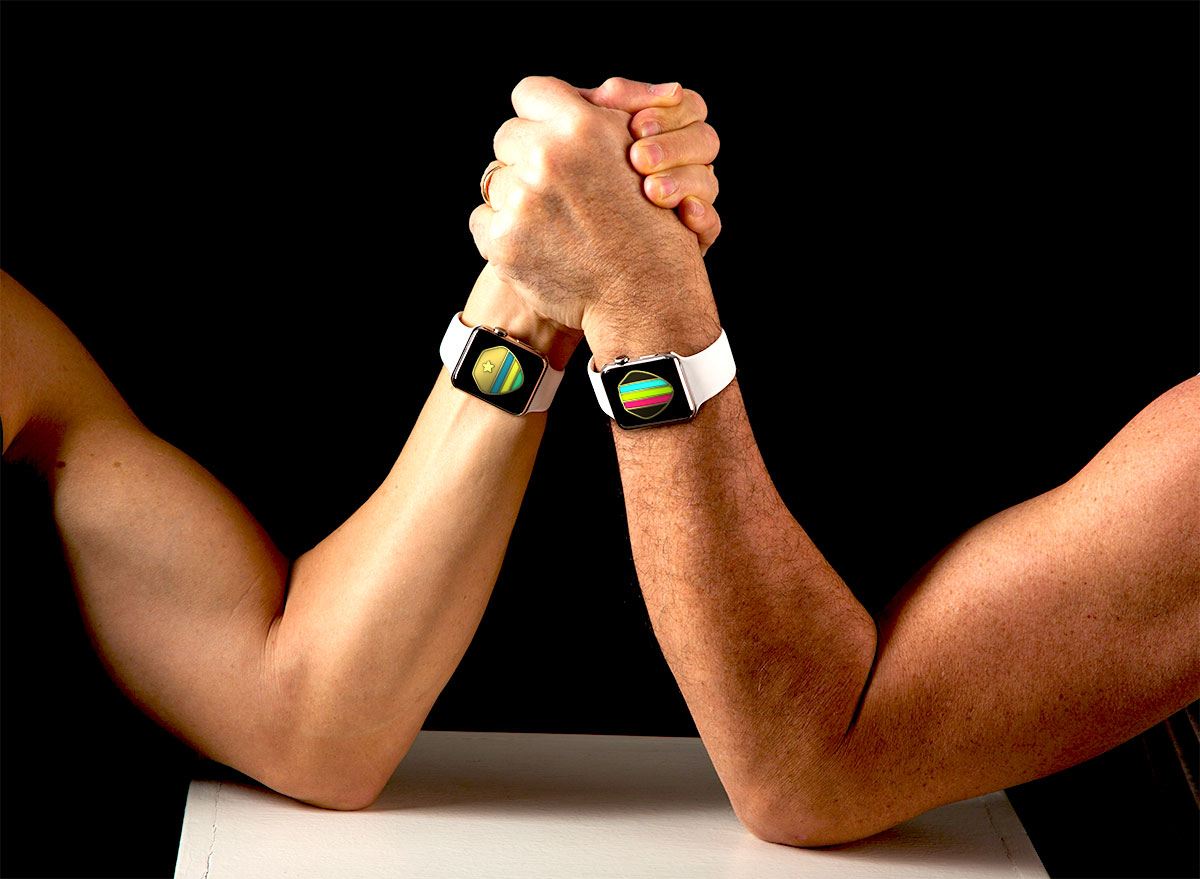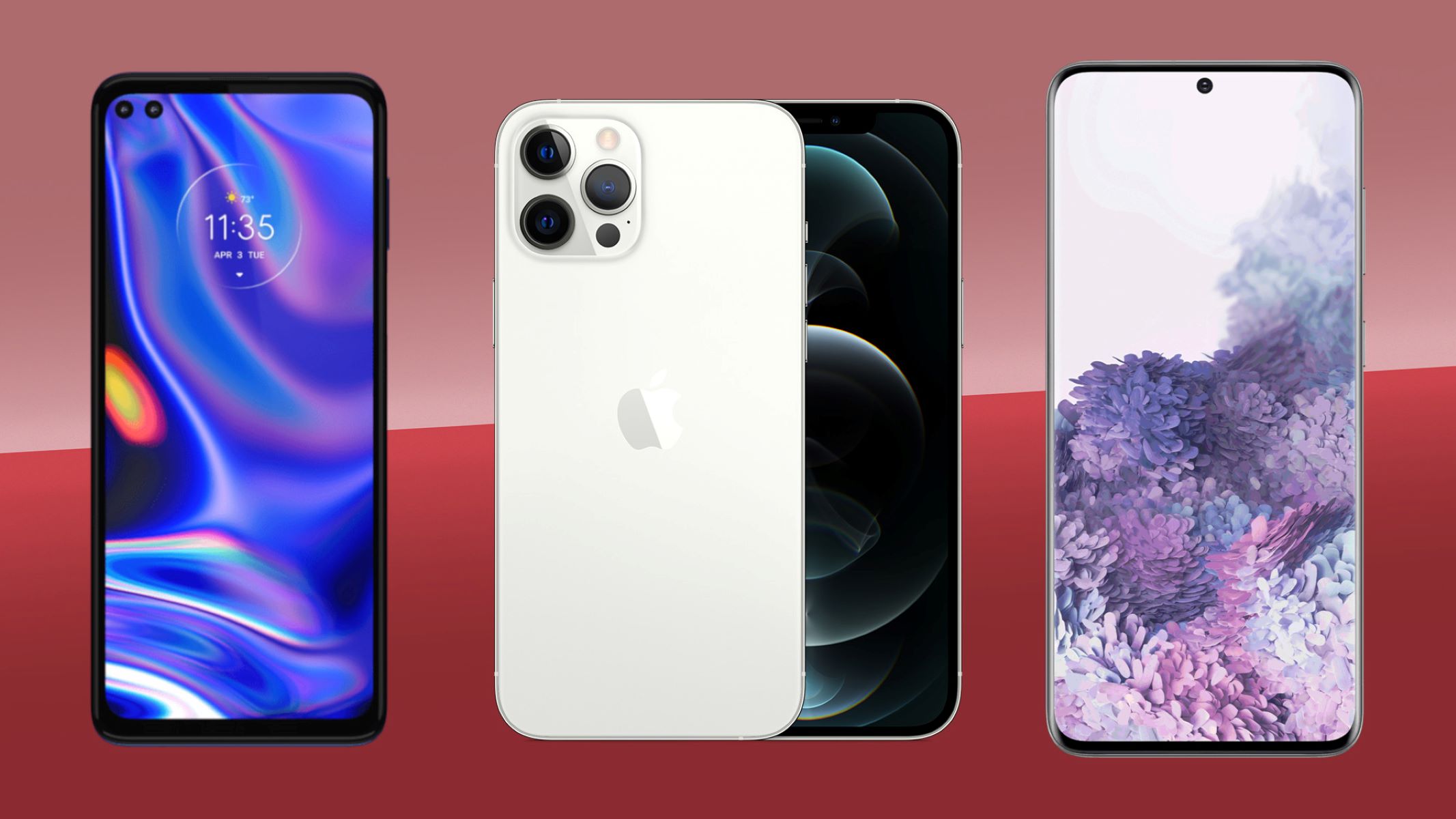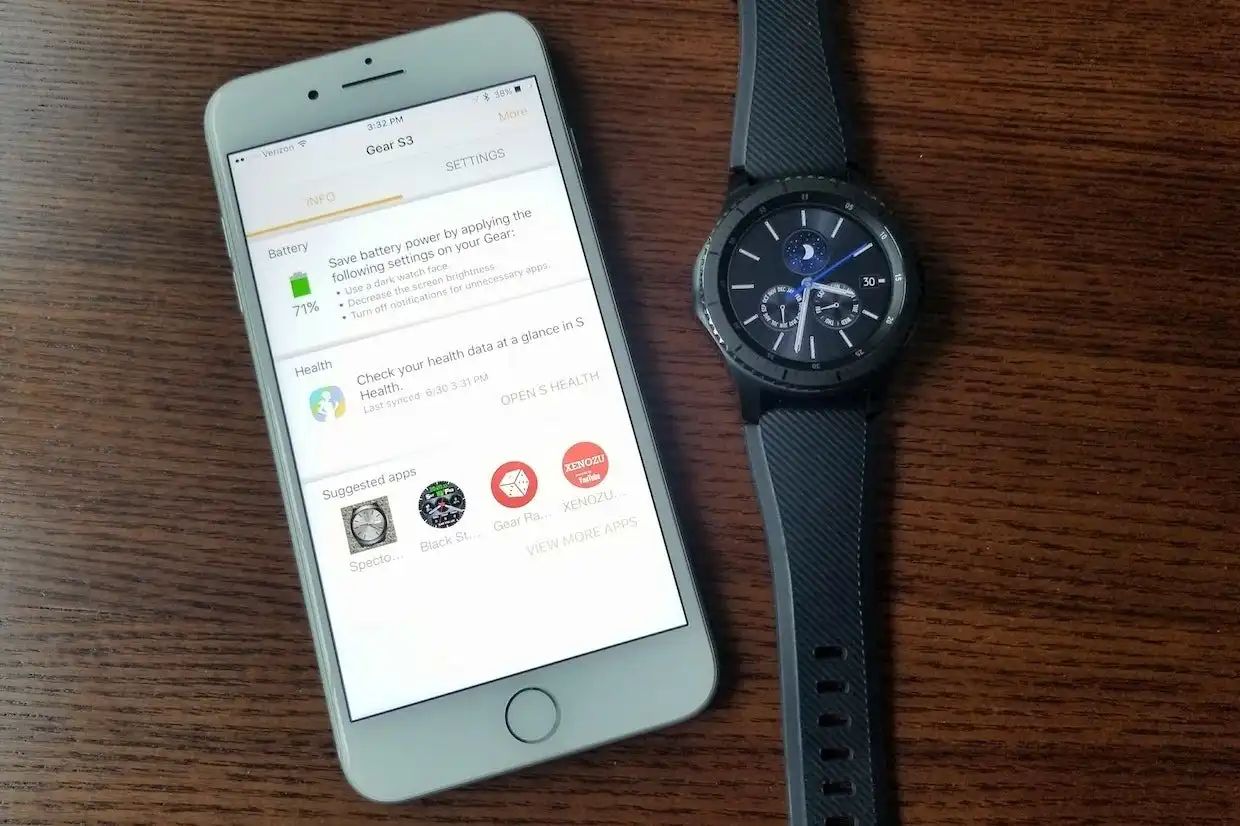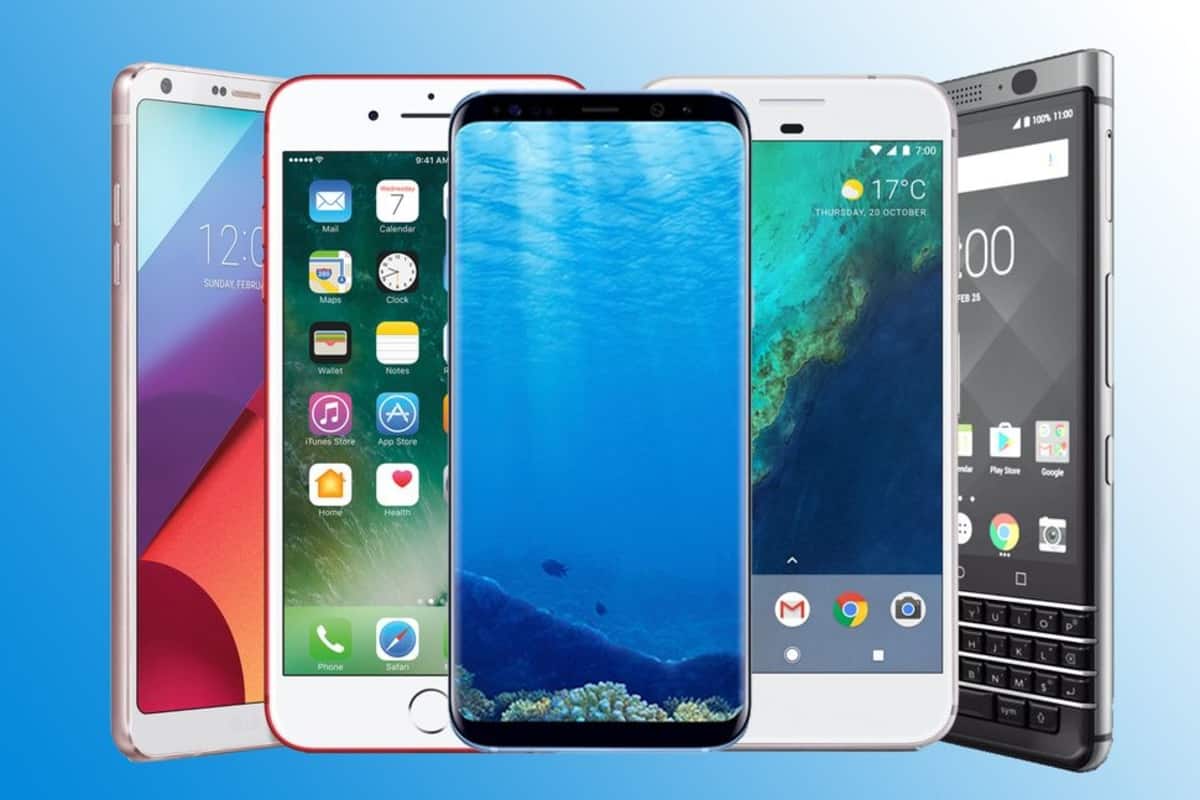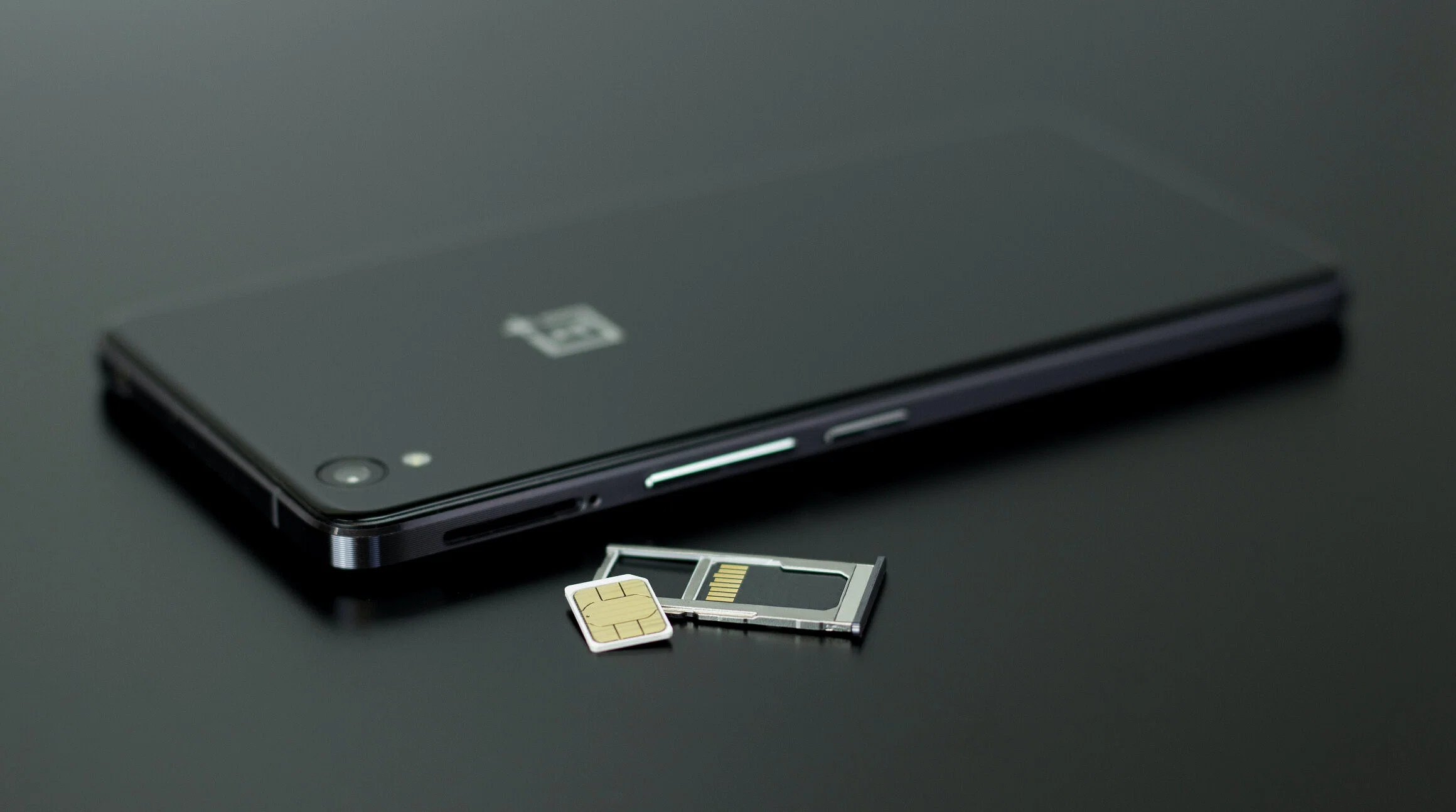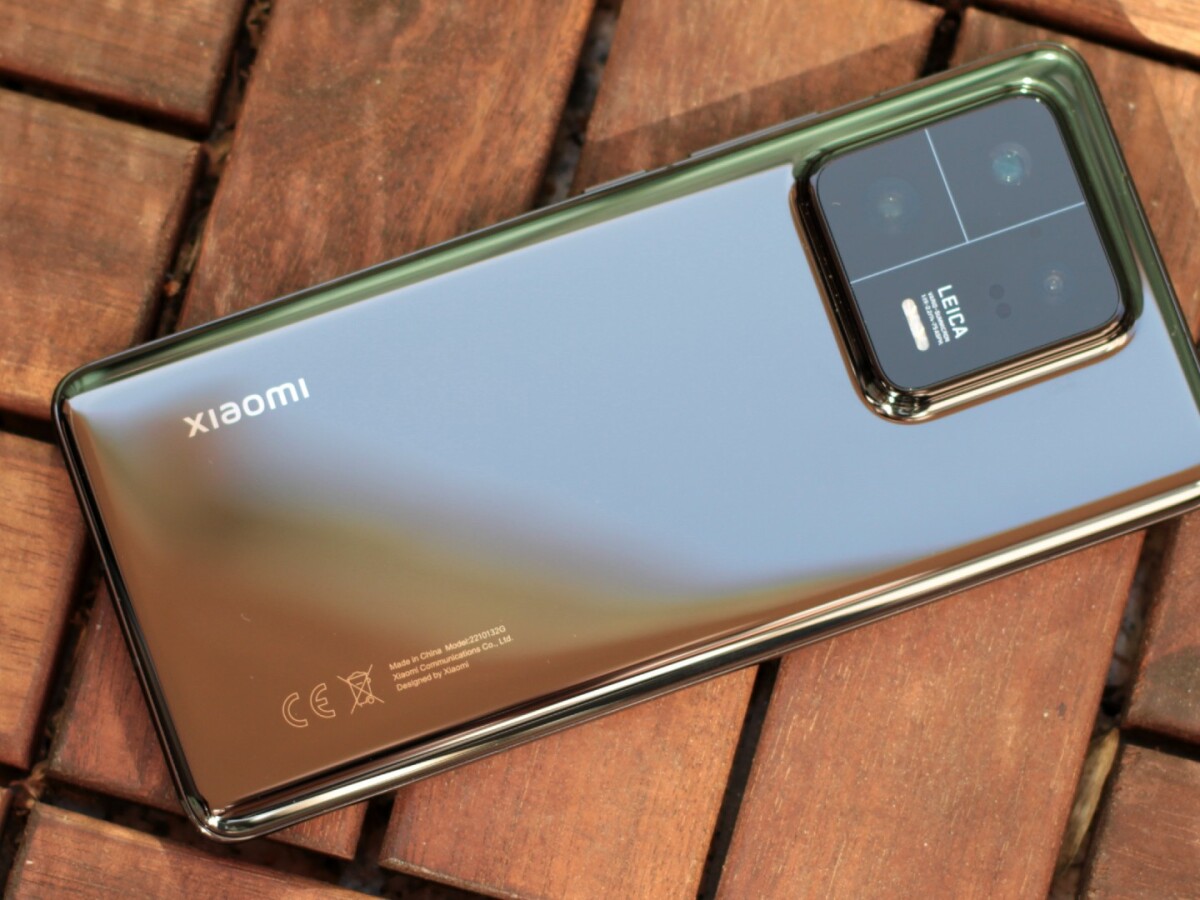Design and Build Quality
When it comes to choosing a new mobile device, the design and build quality play a pivotal role in the decision-making process. Both Huawei and Xiaomi have established themselves as frontrunners in the smartphone industry, each offering unique design elements and exceptional build quality.
Huawei:
Huawei has consistently impressed consumers with its sleek and sophisticated designs. The company's flagship models often feature premium materials such as glass and metal, exuding a sense of elegance and durability. The attention to detail in Huawei's design philosophy is evident in the seamless integration of components, resulting in a cohesive and visually appealing aesthetic. Furthermore, Huawei's commitment to ergonomic design ensures that its devices are comfortable to hold and use, even for extended periods.
Xiaomi:
Xiaomi, on the other hand, is renowned for its innovative approach to design. The company has been at the forefront of pushing boundaries with unique form factors and striking finishes. Xiaomi's devices often showcase a harmonious blend of functionality and style, catering to a diverse range of consumer preferences. Additionally, Xiaomi's emphasis on build quality ensures that its smartphones are robust and resilient, capable of withstanding the rigors of daily use.
In summary, both Huawei and Xiaomi excel in delivering exceptional design and build quality, catering to different tastes and preferences. Whether you prioritize a premium, sophisticated design or seek innovative, trend-setting aesthetics, both brands offer compelling options to suit your individual style and needs.
Display and Screen Technology
The display and screen technology of a smartphone are pivotal factors that significantly influence the overall user experience. Both Huawei and Xiaomi have made remarkable strides in this aspect, offering cutting-edge display technologies and innovative features that elevate the visual prowess of their devices.
Huawei:
Huawei has consistently raised the bar in display technology, integrating advanced features to deliver immersive viewing experiences. The company's flagship models often boast vibrant and crisp OLED or AMOLED displays, showcasing rich colors and deep contrasts. Huawei's commitment to pushing boundaries is evident in its implementation of high refresh rates, offering smoother scrolling and enhanced responsiveness.
Furthermore, Huawei's dedication to display innovation extends to its advancements in resolution and pixel density, ensuring that users can enjoy sharp and detailed visuals. The incorporation of HDR support further enhances the dynamic range, allowing for stunning clarity in both dark and bright scenes. Additionally, Huawei's emphasis on eye comfort technology, such as blue light filters and adaptive brightness, contributes to reducing eye strain during prolonged usage.
Xiaomi:
Xiaomi, renowned for its forward-thinking approach, has made significant strides in display and screen technology. The company's flagship devices often feature expansive and immersive screens, leveraging advanced IPS LCD or AMOLED panels to deliver vivid and captivating visuals. Xiaomi's focus on achieving high screen-to-body ratios ensures an engrossing viewing experience, whether for multimedia consumption or gaming.
Moreover, Xiaomi's commitment to innovation is evident in its implementation of adaptive refresh rate technology, dynamically adjusting the display's refresh rate based on the content being viewed to optimize power efficiency without compromising fluidity. Additionally, Xiaomi's emphasis on color accuracy and calibration ensures that users can experience true-to-life visuals across various content types.
In summary, both Huawei and Xiaomi have demonstrated a relentless pursuit of excellence in display and screen technology, catering to the diverse needs and preferences of consumers. Whether you prioritize vibrant colors and high refresh rates or seek immersive and expansive displays, both brands offer compelling options to elevate your visual experience to new heights.
Performance and Hardware
When evaluating a smartphone, performance and hardware capabilities are paramount considerations that directly impact the user experience. Both Huawei and Xiaomi have consistently delivered devices equipped with powerful hardware and cutting-edge performance features, catering to the diverse needs of modern consumers.
Huawei:
Huawei has garnered acclaim for its relentless pursuit of technological innovation, reflected in the formidable performance and robust hardware of its smartphones. The company's flagship models often boast industry-leading processors, such as the Kirin series, renowned for their exceptional processing power and energy efficiency. This enables seamless multitasking, swift app launches, and smooth navigation, ensuring a responsive and fluid user experience.
Furthermore, Huawei's strategic collaborations with industry leaders in hardware development have resulted in the integration of advanced GPU technologies, enhancing gaming experiences and graphics-intensive applications. The incorporation of ample RAM and storage options further amplifies the device's performance capabilities, empowering users to effortlessly store large files and run demanding applications without compromise.
Xiaomi:
Xiaomi, renowned for its commitment to democratizing technology, has consistently delivered smartphones equipped with formidable hardware and exceptional performance capabilities. The company's flagship devices often feature cutting-edge Qualcomm Snapdragon processors, renowned for their raw processing power and efficiency. This translates to swift and responsive performance, enabling users to tackle demanding tasks with ease.
Moreover, Xiaomi's emphasis on optimizing hardware and software integration results in seamless performance, ensuring that users can navigate through applications, multitask, and engage in resource-intensive activities without encountering lag or slowdowns. The incorporation of generous RAM and storage configurations further solidifies Xiaomi's commitment to empowering users with ample resources to fuel their digital lifestyles.
In summary, both Huawei and Xiaomi have demonstrated unwavering dedication to delivering smartphones equipped with formidable performance and robust hardware. Whether you prioritize seamless multitasking, gaming prowess, or resource-intensive applications, both brands offer compelling options to cater to your diverse performance needs, ensuring that you can harness the full potential of modern mobile technology.
Camera and Photography Features
The camera and photography features of a smartphone have become pivotal aspects that significantly influence consumers' purchasing decisions. Both Huawei and Xiaomi have made remarkable strides in this domain, offering cutting-edge camera technologies and innovative features that redefine the boundaries of mobile photography.
Huawei:
Huawei has consistently set new benchmarks in smartphone photography, leveraging advanced camera systems and pioneering technologies to deliver exceptional imaging capabilities. The company's flagship models often boast sophisticated camera setups, featuring high-resolution sensors, versatile lenses, and advanced image processing algorithms. Huawei's collaboration with renowned camera manufacturers, such as Leica, has resulted in the integration of cutting-edge optics, enabling users to capture stunningly detailed and true-to-life images.
Furthermore, Huawei's commitment to innovation is evident in its implementation of advanced computational photography techniques, empowering users to unleash their creativity and capture breathtaking moments with unparalleled clarity and depth. The incorporation of AI-powered features, such as scene recognition, intelligent HDR, and advanced night mode, ensures that users can effortlessly capture professional-grade photos in diverse lighting conditions.
Moreover, Huawei's dedication to videography excellence is reflected in its devices' ability to record high-quality videos with exceptional stability and clarity. The integration of advanced stabilization technologies and pro-grade video features empowers users to unleash their storytelling potential, whether capturing cinematic moments or vlogging adventures.
Xiaomi:
Xiaomi, renowned for its commitment to democratizing technology, has redefined mobile photography with its innovative camera systems and intuitive features. The company's flagship devices often feature versatile camera setups, leveraging high-resolution sensors, ultra-wide lenses, and macro capabilities to cater to diverse photography styles and preferences. Xiaomi's emphasis on optimizing hardware and software integration results in seamless performance, ensuring that users can capture stunning images with ease.
Moreover, Xiaomi's dedication to empowering users with creative tools is evident in the incorporation of AI-powered photography features, enabling users to effortlessly enhance their photos and unleash their artistic vision. The implementation of advanced night mode technology ensures that users can capture striking low-light images with remarkable detail and minimal noise, expanding the possibilities of nighttime photography.
Additionally, Xiaomi's commitment to videography excellence is reflected in its devices' ability to record high-quality videos with impressive stability and clarity. The integration of advanced video recording features, such as 4K capabilities and pro-grade editing tools, empowers users to capture and share their memorable moments with cinematic flair.
In summary, both Huawei and Xiaomi have redefined the landscape of mobile photography, offering smartphones equipped with advanced camera systems and intuitive features. Whether you prioritize capturing stunning landscapes, expressive portraits, or cinematic videos, both brands offer compelling options to elevate your photography and videography experiences to new heights.
Battery Life and Charging
Battery life and charging capabilities are pivotal considerations for modern smartphone users, shaping the overall convenience and usability of their devices. Both Huawei and Xiaomi have made significant strides in optimizing battery performance and implementing innovative charging technologies, ensuring that users can stay connected and productive throughout their day.
Huawei:
Huawei has consistently prioritized battery efficiency and longevity, equipping its smartphones with high-capacity batteries and intelligent power management features. The company's flagship models often boast sizable battery capacities, enabling users to enjoy extended usage without the need for frequent recharging. Huawei's commitment to optimizing power consumption at the hardware and software levels ensures that users can maximize their device's uptime, whether engaging in productivity tasks, multimedia consumption, or gaming.
Moreover, Huawei's dedication to enhancing the charging experience is evident in its implementation of fast-charging technologies, such as Huawei SuperCharge. This innovative charging solution enables users to replenish their device's battery rapidly, minimizing downtime and ensuring that they can stay connected when time is of the essence. Additionally, Huawei's focus on battery safety and longevity underscores its commitment to delivering a reliable and enduring power solution for users' daily needs.
Xiaomi:
Xiaomi, renowned for its user-centric approach, has prioritized battery optimization and fast-charging capabilities in its smartphones. The company's flagship devices often feature high-capacity batteries, empowering users to tackle their daily tasks without the constant concern of running out of power. Xiaomi's emphasis on refining power management algorithms and optimizing system-level efficiencies ensures that users can extract maximum longevity from their device's battery, enhancing their overall user experience.
Furthermore, Xiaomi's commitment to delivering rapid charging solutions is reflected in its implementation of technologies such as Xiaomi Super Charge. This advanced charging technology enables users to swiftly recharge their devices, providing a convenient and efficient power replenishment experience. The integration of fast-charging capabilities aligns with Xiaomi's dedication to empowering users with seamless and uninterrupted usage, catering to the demands of modern lifestyles.
In summary, both Huawei and Xiaomi have demonstrated a steadfast commitment to optimizing battery life and delivering innovative charging solutions. Whether you prioritize extended battery longevity or seek rapid and efficient charging, both brands offer compelling options to ensure that your device's power capabilities align with your dynamic and demanding lifestyle.
Software and User Interface
Software and user interface are integral components that define the overall user experience of a smartphone. Both Huawei and Xiaomi have invested significant resources in developing intuitive and feature-rich software ecosystems, aiming to provide users with seamless navigation, enhanced productivity, and personalized customization options.
Huawei:
Huawei's software approach revolves around EMUI, the company's proprietary user interface that has evolved to offer a refined and intuitive user experience. EMUI integrates a host of productivity-enhancing features, such as multi-window support, intuitive gesture controls, and AI-driven optimizations that adapt to users' usage patterns. This results in a fluid and responsive interface that empowers users to effortlessly multitask and navigate through their devices with ease.
Moreover, Huawei's commitment to software innovation is evident in its emphasis on privacy and security. EMUI incorporates robust privacy controls and security features, ensuring that users can confidently safeguard their personal data and sensitive information. Additionally, Huawei's dedication to delivering timely software updates and security patches underscores its commitment to providing users with a secure and reliable software environment.
Xiaomi:
Xiaomi's software ecosystem centers around MIUI, a feature-rich user interface that prioritizes customization and user empowerment. MIUI offers a wealth of customization options, allowing users to personalize their device's appearance, behavior, and functionality to align with their unique preferences. This level of customization extends to themes, icon packs, and system-wide tweaks, enabling users to tailor their devices to reflect their individual style.
Furthermore, Xiaomi's focus on user-centric features is evident in MIUI's intuitive navigation gestures, comprehensive system optimization, and AI-driven enhancements that adapt to users' usage patterns. This results in a user interface that is not only visually appealing but also highly functional, catering to the diverse needs and preferences of modern smartphone users.
In summary, both Huawei and Xiaomi have demonstrated a commitment to delivering software and user interfaces that prioritize intuitive navigation, productivity enhancements, and user empowerment. Whether you prioritize seamless multitasking, personalized customization, or robust privacy and security features, both brands offer compelling software ecosystems to elevate your smartphone experience.
Price and Value for Money
When it comes to purchasing a new smartphone, the consideration of price and the overall value it offers is a crucial factor for many consumers. Both Huawei and Xiaomi have been known for providing feature-packed smartphones at competitive price points, catering to a wide range of budget preferences and delivering exceptional value for money.
Huawei:
Huawei has positioned itself as a formidable contender in the smartphone market by offering a diverse lineup of devices that strike a balance between premium features and competitive pricing. The company's commitment to delivering value is evident in its ability to incorporate cutting-edge technologies, such as advanced camera systems, high-performance hardware, and innovative software, into its smartphones without compromising affordability.
Furthermore, Huawei's strategic pricing strategies have enabled consumers to access flagship-level features at compelling price points, making the brand's devices accessible to a broader audience. The value proposition presented by Huawei's smartphones extends beyond the initial purchase, as the company's dedication to software support and longevity ensures that users can derive sustained value from their devices over an extended period.
Xiaomi:
Xiaomi, renowned for its disruptive approach to the smartphone market, has redefined the concept of value for money by consistently delivering devices that exceed expectations in their respective price segments. The company's commitment to democratizing technology is reflected in its ability to offer smartphones equipped with premium features, robust performance capabilities, and innovative design elements at competitive prices.
Moreover, Xiaomi's direct-to-consumer business model and emphasis on operational efficiency have allowed the brand to optimize costs without compromising on quality, enabling consumers to access feature-rich smartphones at exceptional value propositions. This approach has resonated with budget-conscious consumers, empowering them to experience the latest technological advancements without breaking the bank.
In summary, both Huawei and Xiaomi have demonstrated a steadfast commitment to providing consumers with smartphones that offer exceptional value for money. Whether you prioritize flagship-level features at competitive prices or seek budget-friendly devices without compromising on performance and capabilities, both brands offer compelling options to cater to diverse budget preferences, ensuring that consumers can make informed purchasing decisions based on their individual needs and financial considerations.
After-Sales Support and Warranty
After-sales support and warranty services are critical components that contribute to the overall customer satisfaction and peace of mind when investing in a smartphone. Both Huawei and Xiaomi have recognized the significance of providing robust after-sales support and comprehensive warranty coverage to ensure that consumers can confidently rely on their devices for an extended period.
Huawei:
Huawei has established a reputation for prioritizing customer support and service excellence, aiming to deliver a seamless and reliable after-sales experience. The company's commitment to customer satisfaction is reflected in its extensive network of service centers and authorized repair facilities, ensuring that users have convenient access to professional assistance and technical support when encountering issues with their devices.
Moreover, Huawei's warranty policies are designed to provide comprehensive coverage, offering assurances against manufacturing defects and component malfunctions. The brand's dedication to transparency and clarity in warranty terms empowers consumers to understand their rights and entitlements, fostering trust and confidence in the longevity and reliability of their devices.
Furthermore, Huawei's proactive approach to software updates and security patches contributes to the overall after-sales support ecosystem, ensuring that users receive timely enhancements and optimizations to their devices' performance and security. This commitment to ongoing software support aligns with Huawei's vision of delivering a holistic and enduring user experience beyond the initial purchase.
Xiaomi:
Xiaomi has prioritized customer-centric after-sales support, aiming to provide users with accessible and responsive service channels to address their inquiries and technical needs. The brand's network of service centers and customer support channels is geared towards delivering prompt and effective solutions, fostering a sense of reliability and trust among consumers.
In terms of warranty coverage, Xiaomi has implemented policies that offer comprehensive protection against manufacturing defects and operational issues, ensuring that users can rely on their devices with confidence. The brand's commitment to honoring warranty claims and providing transparent guidelines contributes to a positive and reassuring ownership experience for consumers.
Additionally, Xiaomi's dedication to delivering regular software updates and optimizations aligns with its after-sales support strategy, ensuring that users can benefit from ongoing improvements and feature enhancements throughout their device's lifecycle. This proactive approach to software support reinforces Xiaomi's commitment to sustaining the long-term value and performance of its smartphones.
In summary, both Huawei and Xiaomi have demonstrated a steadfast commitment to providing robust after-sales support and comprehensive warranty coverage, ensuring that consumers can rely on professional assistance and reliable protection for their smartphones. Whether seeking technical support, warranty services, or ongoing software enhancements, both brands offer compelling after-sales support ecosystems to enhance the overall ownership experience for their users.







